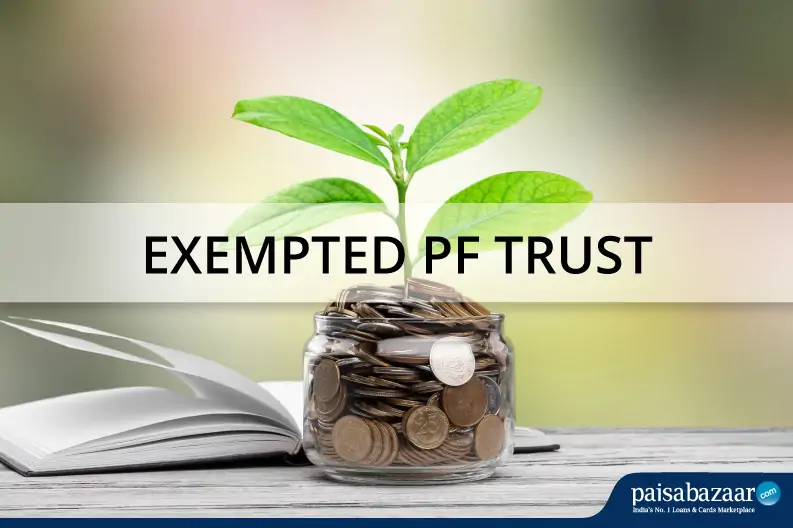Some companies have formed their own PF trusts to manage the contributions of employees instead of sending them to the EPFO. These companies have obtained an exemption from EPFO to enable them to do this. There are 1,375 such companies in India including large companies like TCS, Wipro, Hindustan Unilever (HUL), Reliance and public sector organisations like Bharat Heavy Electricals (BHEL). It is estimated that such trusts have as many as 50 lakh members (employees). Private PF trusts function according to the same rules as the EPF and members are allotted UANs (Universal Account Numbers).
Contributions in exempted PF trusts
Just like the EPF, both the employer and employee of an exempted PF trust contribute 12% of their wages to the Provident Fund. However 8.67% of the 12% employer contribution is allocated to the Employees’ Pension Scheme (EPS) which is managed by the EPFO and not the exempted PF trust.
However instead of an administration charge of 1.1% which ordinary EPF members pay, PF trust members only pay 0.18% as an inspection charge. This can amount to a substantial cost saving over time.
Private PF trusts manage the money of the employees of the company. They are required to give the same interest rate of EPFO or a higher rate. It is this second element, a higher rate that is a key argument for the formation of a private PF trust.

Don’t Know your Credit Score? Now Get it for FREE Check Now
Tax Benefits
The tax treatment of private PF trusts is the same as regular EPF members. Employee contributions to the PF are tax deductible up to Rs 1.5 lakh under Section 80C. Employer contributions are exempt from tax. The interest on private PF trusts is exempt from tax. If the employee withdraws before the completion of a 5 year service period however, the employer contribution and interest is taxable.
Withdrawal of money from exempted PF trust
You can withdraw 75% of your money within 1 month of unemployment and the balance 25% after 2 months of unemployment. After the age of 58, you can claim a pension at par with the Employees’ Pension Scheme (EPS). This pension is paid by the EPFO.
If you leave the exempted PF company
If you move from your exempted PF company to another exempted PF company, you can transfer your balance to the new company. If you move to an ordinary EPF registered company, you can move your balance to the EPFO. If you move into the unorganised sector/self-employment, you will technically considered unemployed. You can in this case either leave your balance as it is or withdraw it (after 2 months of unemployment). If you leave your balance as it is with your old employer, the interest on the same would become taxable.
Benefits of a Exempted PF Trust
- More efficiency. Members of exempted PF trusts pay only 0.18% rather than 1.1% as administration charge.
- Higher returns: Private PF trusts are allowed to declare a higher interest rate than the EPF.
- Better service: EPFO service is considered slow and poor in terms of customer satisfaction. The private PF trust can provide a better level of service
How to view your exempted PF trust balance
Although you get a UAN, you cannot view your EPF passbook or submit a withdrawal request online in case of an exempted PF trust. You must either approach your company’s HR department or view contributions on your salary slips.
Rating of exempted PF trusts
Private PF trusts have to file monthly returns with the EPFO and they are rated by the EPFO. The EPFO rates exempted PF trusts according to six parameters. They are – transfer of provident fund in time, investment of funds in time, remittance of funds to the trust, interest declared at or above PF rate, settlement of claims within 20 days and audit. You can get the latest ranking here.

